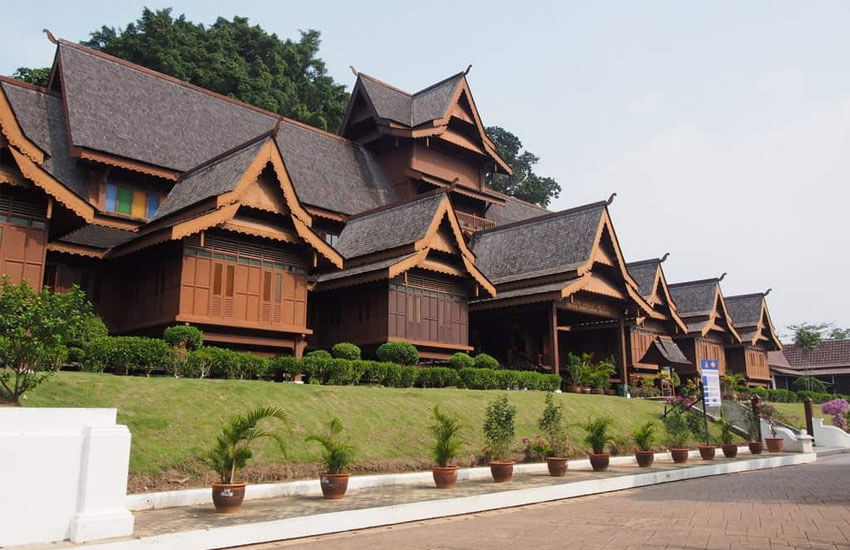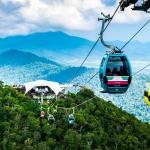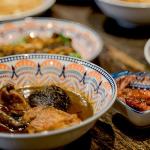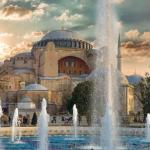
Exploring Melaka's Historical Heritage Sites
Melaka, also known as Malacca, stands as one of Malaysia's most treasured historical cities and a UNESCO World Heritage Site that perfectly preserves the legacy of over 600 years of rich multicultural history. This ancient port city served as a crucial trading hub along the maritime Silk Road and witnessed the rise and fall of various colonial powers, leaving behind an extraordinary collection of architectural marvels, cultural landmarks, and historical sites that tell the captivating story of Southeast Asian civilization.
The A Famosa fortress represents one of Melaka's most iconic historical landmarks and the oldest surviving European architectural remains in the Far East. Built by the Portuguese in 1511 under the command of Alfonso de Albuquerque, this massive stone fortress once served as the main defense structure for the Portuguese settlement. Today, visitors can explore the remaining Porta de Santiago gatehouse, which stands as a testament to Portuguese colonial architecture and offers insight into the military strategies employed during the 16th century colonial period.
St. Paul's Hill, crowned by the ruins of St. Paul's Church, provides visitors with both historical significance and panoramic views of Melaka city. Originally built by Portuguese captain Duarte Coelho in 1521, this church served as the burial place of St. Francis Xavier before his body was transferred to Goa. The hilltop location offers stunning vistas of the Melaka Strait and the modern city below, while the weathered stone walls and headless statue of St. Francis Xavier create a hauntingly beautiful atmosphere that speaks to centuries of religious devotion.
The Dutch Square, dominated by the striking red-painted Christ Church and the Stadthuys building, showcases the architectural legacy of Dutch colonial rule in Melaka. Christ Church, built in 1753, stands as the oldest functioning Protestant church in Malaysia and features beautiful Dutch colonial architecture with its distinctive red exterior walls and ornate interior woodwork. The adjacent Stadthuys, constructed between 1641 and 1660, once served as the official residence of Dutch governors and now houses the Museum of History and Ethnography.
Jonker Street, the heart of Melaka's Chinatown, transforms into a vibrant cultural showcase that celebrates the city's Chinese heritage and Peranakan culture. This historic street, dating back to the 17th century, features traditional shophouses that now serve as antique shops, art galleries, cafés, and restaurants. Every weekend, Jonker Street becomes a bustling night market where visitors can experience authentic Peranakan cuisine, purchase traditional handicrafts, and witness cultural performances that have been passed down through generations.
The Baba Nyonya Heritage Museum offers visitors an intimate glimpse into the unique Peranakan culture that developed from the intermarriage between Chinese immigrants and local Malays. This beautifully preserved 19th-century townhouse showcases the opulent lifestyle of wealthy Peranakan families through its intricate architecture, ornate furniture, and exquisite decorative arts. The museum's guided tours provide detailed explanations of Peranakan customs, traditions, and the fusion culture that created one of Southeast Asia's most distinctive ethnic communities.
Kampong Kling Mosque stands as a remarkable example of multicultural architectural fusion, combining Javanese, Chinese, and Malay design elements in a single structure. Built in 1748 by Indian Muslim traders, this historic mosque features a unique pagoda-style minaret, Chinese-influenced roof tiles, and Javanese architectural details that reflect Melaka's position as a melting pot of cultures. The mosque continues to serve the local Muslim community while welcoming visitors who wish to learn about Islamic architecture and the religious diversity of historical Melaka.
The Maritime Museum, housed in a replica of the Portuguese ship Flor de la Mar, provides comprehensive insights into Melaka's crucial role as a major trading port throughout history. The museum's exhibits chronicle the city's maritime heritage, from the early Malay sultanate through various colonial periods to modern times. Visitors can explore detailed models of ancient ships, navigation instruments, and artifacts recovered from shipwrecks, gaining a deeper understanding of how maritime trade shaped Melaka's multicultural identity.
Heeren Street, once home to wealthy Peranakan merchants, showcases some of the finest examples of traditional shophouse architecture in Malaysia. These narrow, multi-story buildings feature distinctive facades with ornate decorative elements, intricate tile work, and unique architectural details that reflect the prosperity of 19th-century Chinese merchants. Many of these heritage buildings have been carefully restored and now house boutique hotels, museums, and cultural centers that preserve the street's historical character.
The Melaka Sultanate Palace Museum, a faithful reconstruction of the 15th-century wooden palace of Sultan Mansur Shah, offers visitors insight into the golden age of the Melaka Sultanate. Built entirely without nails using traditional Malay architectural techniques, this seven-tiered wooden structure houses exhibits showcasing royal regalia, traditional weapons, clothing, and artifacts from the sultanate period. The museum provides valuable context for understanding Melaka's pre-colonial Malay heritage and the sophisticated civilization that existed before European arrival.
The Cheng Hoon Teng Temple, Malaysia's oldest functioning Chinese temple dating back to 1673, represents the spiritual heart of Melaka's Chinese community and showcases exquisite traditional Chinese architecture. Dedicated to the goddess of mercy, Kuan Yin, this temple features intricate wood carvings, colorful ceramic sculptures, and elaborate decorative elements that were crafted by skilled artisans from China. The temple serves as both an active place of worship and a cultural heritage site that demonstrates the enduring influence of Chinese culture in Melaka's multicultural society.



